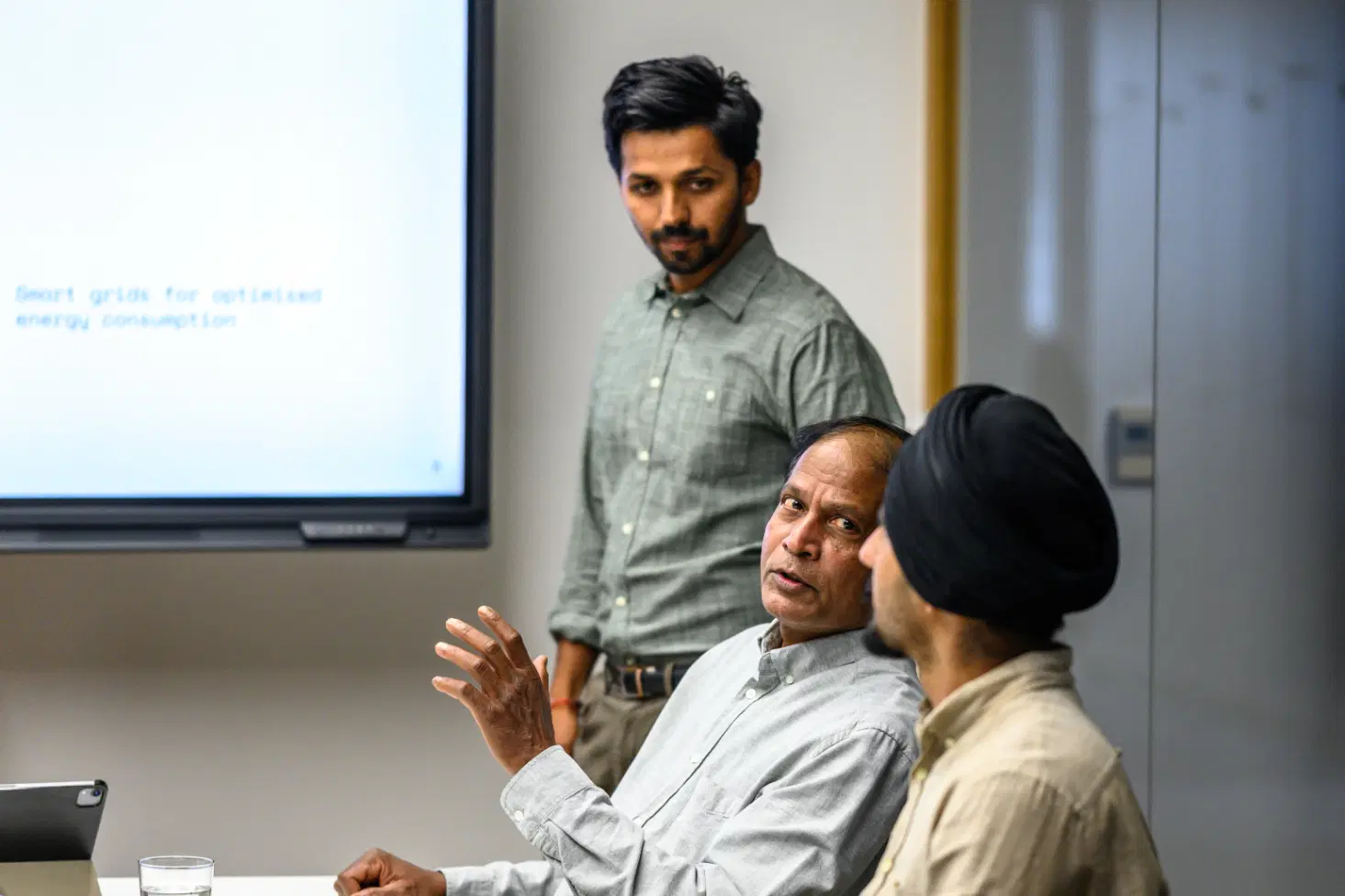Engineering
Best Practice: Adhere to WCAG guidelines for accessible design
Sep 12, 2024
Conducting regular user interviews and usability testing is not merely advisable; it is an essential practice that reinforces your commitment to delivering meaningful value to your users. Engaging directly with users enables your team to validate assumptions, refine concepts, and ensure that your product aligns seamlessly with user expectations. This disciplined approach mitigates risks, optimises usability, and enhances the overall effectiveness of your development efforts.
The Importance of User Interviews and Usability Testing
- Validation of user needs: Regular interactions with users provide critical insights into their needs, confirming that your product effectively addresses real-world challenges. This ensures that your development efforts are not conducted in isolation.
- Minimising resource waste: By identifying usability issues early in the process, you prevent the allocation of resources to features that may not resonate with users, allowing for informed adjustments prior to significant investments.
- Accelerated development cycles: User feedback facilitates rapid iteration, streamlining the path from concept to market. This proactive approach leads to fewer costly revisions and a more efficient development timeline.
- Enhanced user experience: Regular testing aligns your product with user preferences, fostering a user-centred approach that significantly improves overall satisfaction and engagement.
Best Practices for Effective User Interviews and Usability Testing
1. Conduct structured user interviews: Develop a structured format for user interviews to extract valuable insights. Focus on open-ended questions that encourage users to share their experiences, preferences, and pain points.
2. Utilise prototypes for testing: Use clickable prototypes in your usability testing sessions. This approach allows users to interact with your concepts, providing tangible feedback on usability and functionality.
3. Collect and analyse feedback thoroughly: Meticulously collect feedback from user interactions, analysing data to identify patterns and areas for improvement. This data-driven approach is crucial for informed decision-making.
4. Iterate based on insights: Leverage user feedback to refine your concepts. This iterative process ensures that the final product better meets user needs and aligns with their expectations.
5. Prioritise key features: Focus on developing features that have been validated through user interviews and testing. This strategic prioritisation ensures that your development efforts yield the highest impact.
6. Test with diverse user groups: Involve a diverse range of users in your testing process to gain a comprehensive understanding of different perspectives and needs. This diversity enhances the inclusivity of your product.
7. Educate and train your team: Ensure that your design and development teams are well-versed in usability principles and best practices. Ongoing training fosters a culture of user-centred design within your organisation.
8. Document and share insights: Clearly document findings from user testing and share them with your team. This transparency ensures that everyone understands user needs and aligns on the rationale behind design decisions.
Conclusion
Regularly conducting user interviews and usability testing is vital for enhancing your product's relevance and usability. By engaging users systematically, utilising prototypes, and iterating based on authentic feedback, you ensure that development efforts focus on features that genuinely resonate with your audience. This user-centred approach not only optimises resource allocation and accelerates development but also underscores your commitment to quality, ultimately leading to a product that exceeds user expectations.








